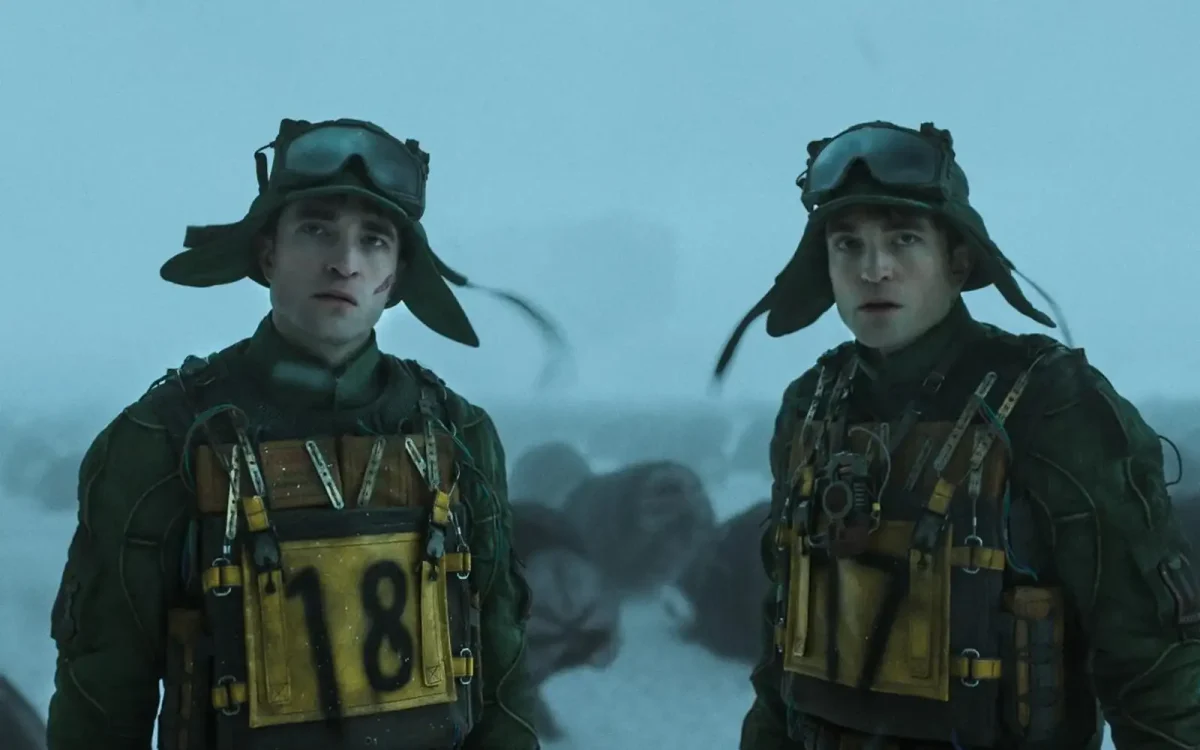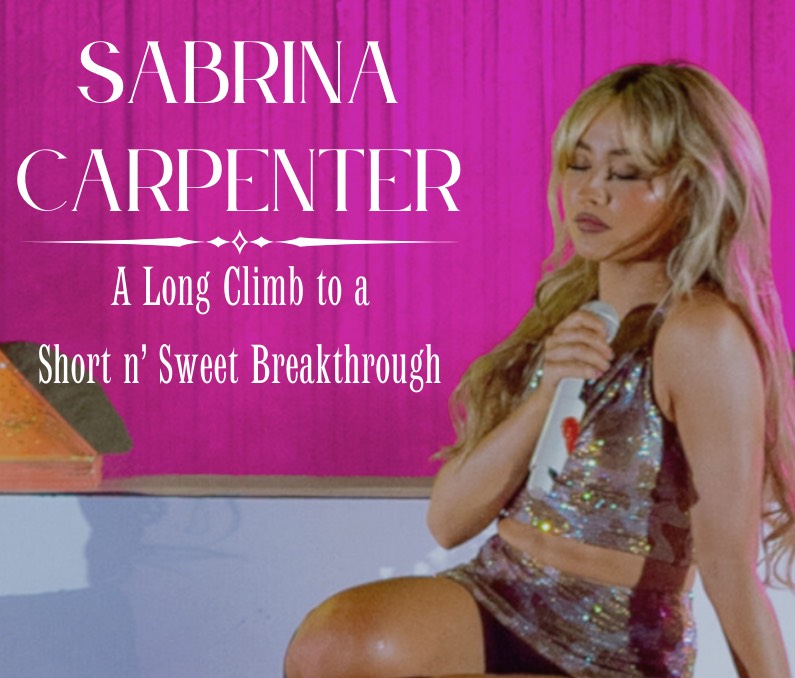Four months have passed since the Writers Guild of America (WGA), a union of Hollywood screenwriters, first began their strike against the Alliance of Motion Picture and Television Producers (AMPTP). Two months later, actors of the SAG-AFTRA union joined writers on the picket line.
The impact of the dual strike is felt across the industry—production for several films and shows were halted, entertainment workers are at risk of losing their jobs, and according to an analysis by California State Northridge professor Todd Holmes, California’s economy has already lost $3 billion. Yet, little headway has been made for a labor deal between the opposing sides.
What’s up with Hollywood?
The emergence of streaming platforms like Netflix, Max, and Disney Plus has significantly altered the landscape of the entertainment industry. The experiences of Hollywood workers on streaming platforms include shorter seasons, mini-writer rooms, and small residual checks (long-term payments for film and television credits) compared to those working on cable TV. While accounting for inflation, writer-producers median salary over the past nine years has decreased by 23%.
The issue of shorter season length in modern shows might not mean much to viewers, but this means writers earn fewer residuals per season because of these shorter work periods, an issue that’s magnified by the frequent cancellation of shows after their first season.
Another problem Hollywood writers are encountering is the proliferation of mini-rooms, comprised of two to three writers and a showrunner, instead of a fully staffed production during a season. In these rooms, writers are forced to formulate an outline for an entire season in a few weeks and are not fully compensated for their labor.
Actors are experiencing similar issues as writers. It’s not uncommon for actors to post their residuals on social media, often amounting to less than a few dollars. For example, Kamil McFadden, who starred in the Disney show KC Undercover as Ernie Cooper received $2.77 for its three seasons. Jana Schiemding, Bev in Reservation Dogs, earned 3¢ per quarter of it being streamed on Hulu. And Aaron Paul might be the most extreme case. He played Jesse Pinkman on the hit AMC show Breaking Bad, which is now streaming on Netflix. According to Paul, he makes $0 from the streaming service in residuals.
Such a discrepancy between the financial success of big streaming platforms and the poor compensation of Hollywood workers is no more apparent than when comparing the salaries of executives and actors. The average pay for top Hollywood executives is $28 million, but the median salary for actors is about $47,000 (a number that celebrity actors with high salaries may skew). It is no wonder then that Hollywood workers are agitating for better contracts, one that’s updated to the current situation of the landscape.
New advancements in generative AI technology have also caused concerns for Hollywood writers and actors alike. One of the primary reasons why the guilds are striking is to demand increased protection against AI. For writers, technologies like ChatGPT could render screenwriters obsolete.
For actors, the prospect of replacement by AI is already becoming a reality. Instances of AI deep fakes that imitate an actor’s likeness are a cause for concern, as they are often created without consent.
The AMPTP claims they made an “AI proposal [that] protects performers’ digital likenesses, including a requirement for performers’ consent to create and use digital replicas…”
However, SAG-AFTRA leader Duncan Crabtree-Ireland is not satisfied with this offer, arguing, “They proposed that our background performers should be able to be scanned, get paid for one day’s pay, and their companies should own that scan and should be able to use it for the rest of eternity in any project they want.”
Concerns over the use of AI in Hollywood will likely continue as machine learning technology evolves and develops.
For all of the understandable problems that WGA and SAG-AFTRA have over the future of Hollywood, the strike is not sustainable. According to Todd Holmes, if the strike continues, the economic cost to California could reach up to $5 billion. And the devastation on the whole entertainment industry could be even more significant. Distrust and accusations between the striking guilds and the AMPTP are also a cause for concern, as a compromise seems increasingly unlikely.
With talks resuming this week and the AMPTP agitating for an end to the strike, it’s possible that an agreement will be reached. Whether or not the strike continues, a light of labor strife has been sparked in Hollywood. VFX workers who worked on Marvel productions have unionized into the IATSE, SAG-AFTRA is encouraging voice actors to unionize, and it’s likely that many more sectors of the industry will also form labor organizations.
All that remains is how Hollywood executives will respond.
Note: At the time of print, the WGA and SAG-AFTRA were still striking against the AMPTP. As of Sept. 22, a deal between writers and the Hollywood studios is set to be finalized within the week.






